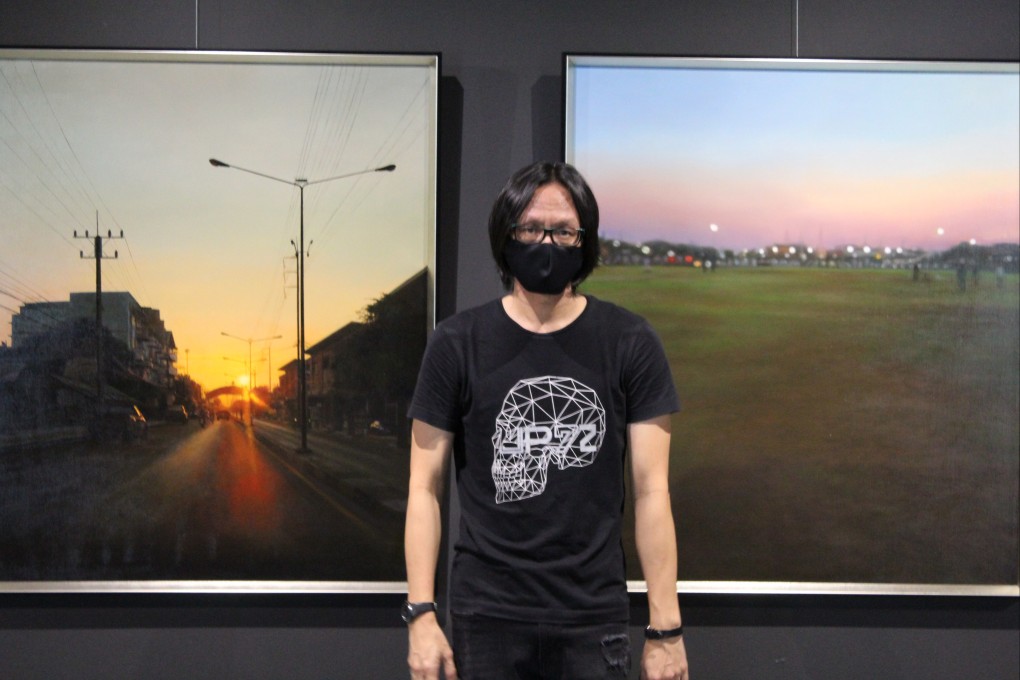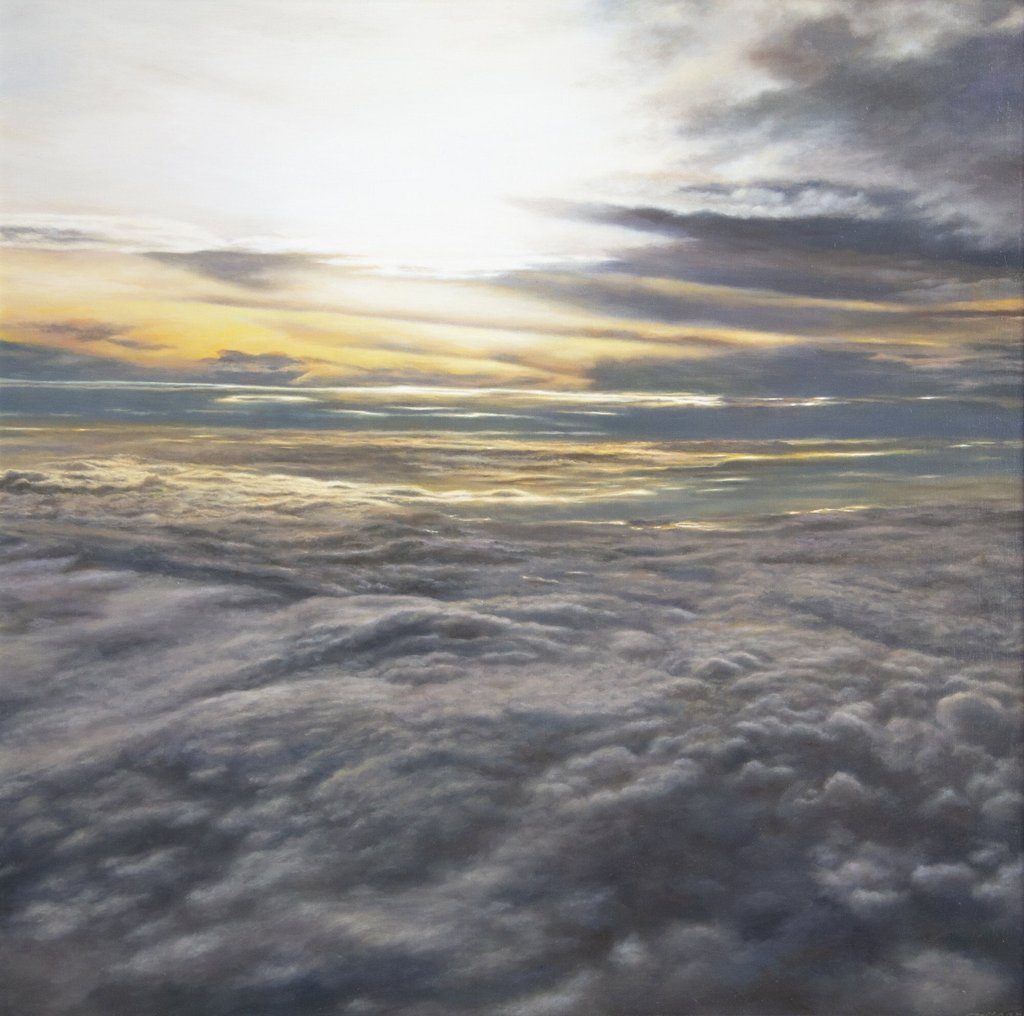Thai protest art: risk of police harassment, prison and online trolls makes artists more subtle in their works
- Criticising the government or monarchy in Thailand can result in arrest and long prison sentences
- A new generation of Thai artists, not afraid to speak out, are using subtlety and technology to get their message across

As pro-democracy protests in Thailand roll on through a second year of military crackdowns and stifled dissent, Thai artists are using visual imagery to challenge censorship and question the nation’s power structures.
Artists have been among the many Thais arrested under the country’s draconian lèse-majesté and flag laws, which make criticising the monarchy a crime. Yet some Thai artists have carried on making art with strong political messages – even if their strategies are now less direct.
Wittawat Tongkeaw, a painter in Bangkok, has just unveiled new works at his solo exhibition “The L/Royal Monument”. His hyperrealistic oil landscapes seem to be of unremarkable, ordinary scenes and objects but they conceal messages about Thailand’s political situation.
A painting of the sun either rising or setting at the end of a street symbolises both the end of an era and the coming of a new one. A white wall relief decorated with flowers is marred by what look like bullet holes – the artist says the piece is inspired by the killing of six civilians at Bangkok’s Wat Pathum Wanaram temple in 2010. The white wall depicts the illusion that “everything is normal”, he says.

Another of Wittawat’s paintings features a blindingly bright sun above clouds in the sky, a reference to a poem by Wisa Khanthap, a literary figure who participated in the 1973 pro-democracy movement. The poem contains a line that can be translated as “When the sky turns golden, People will be great in the land”.